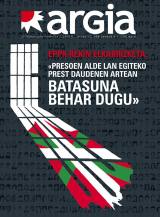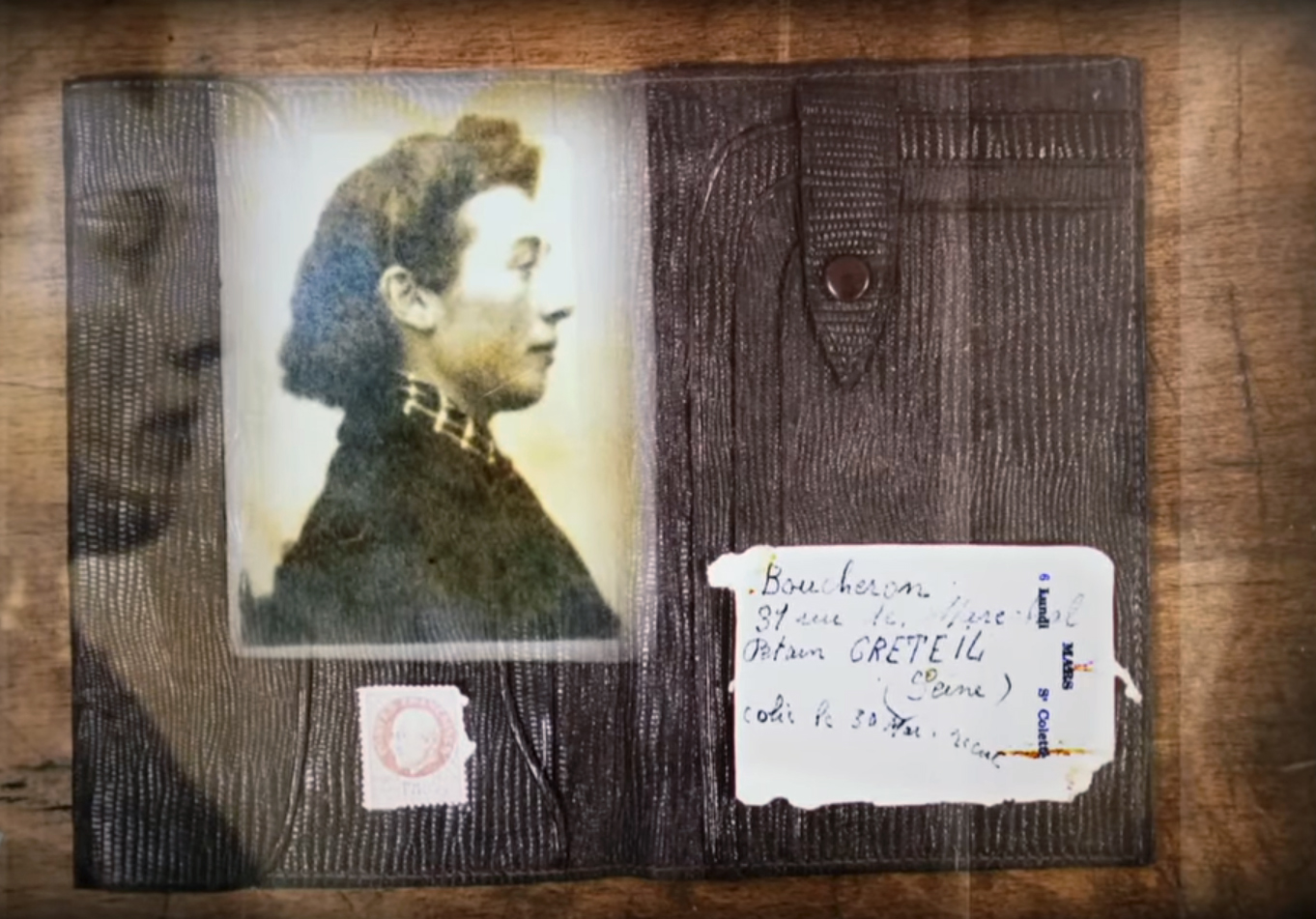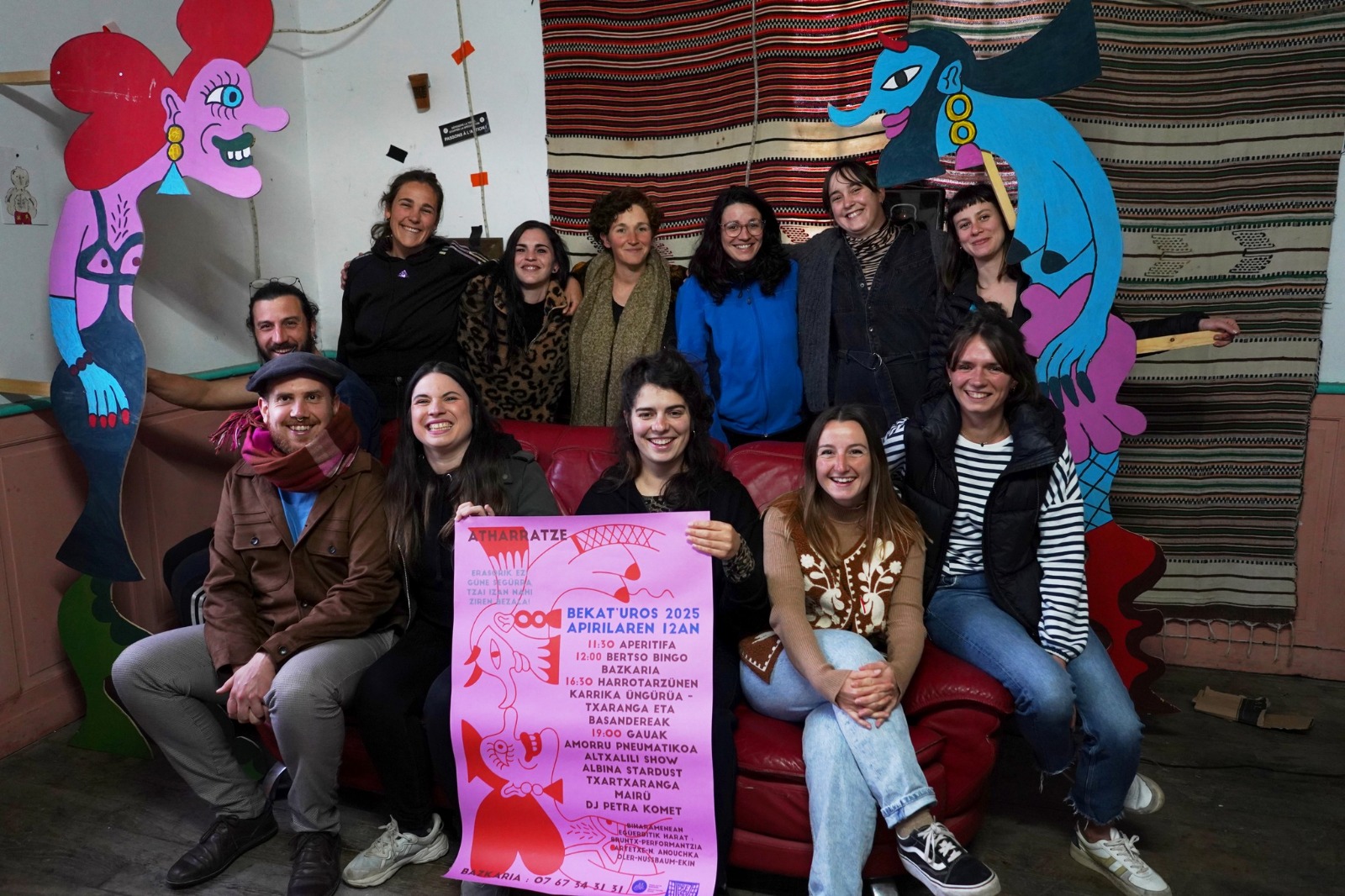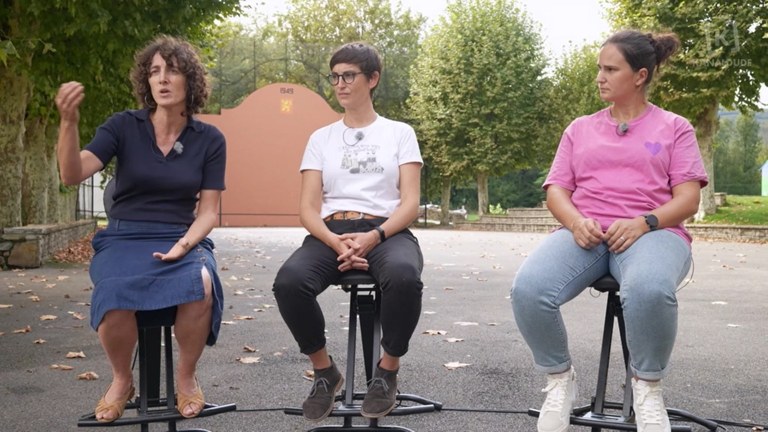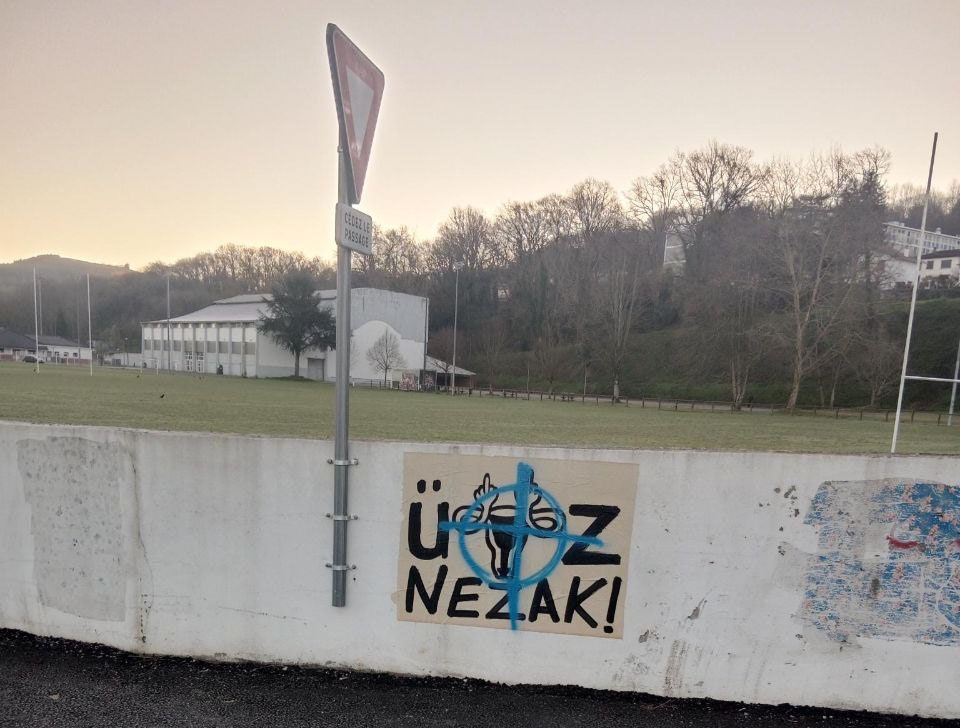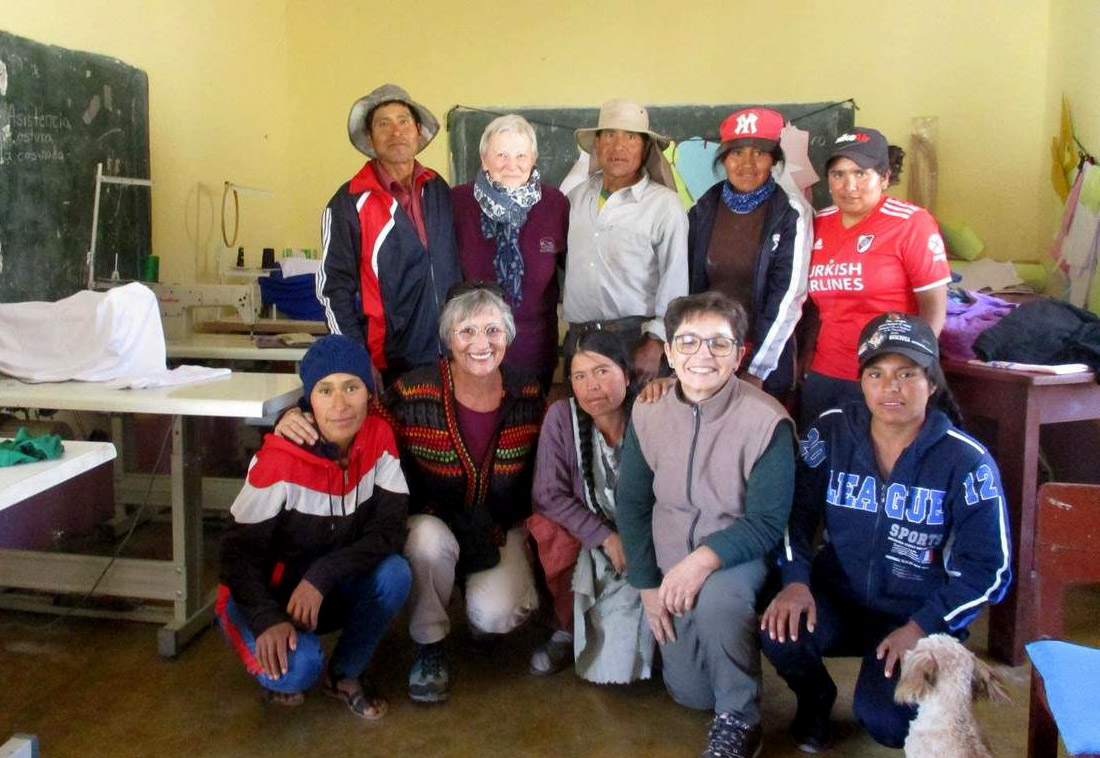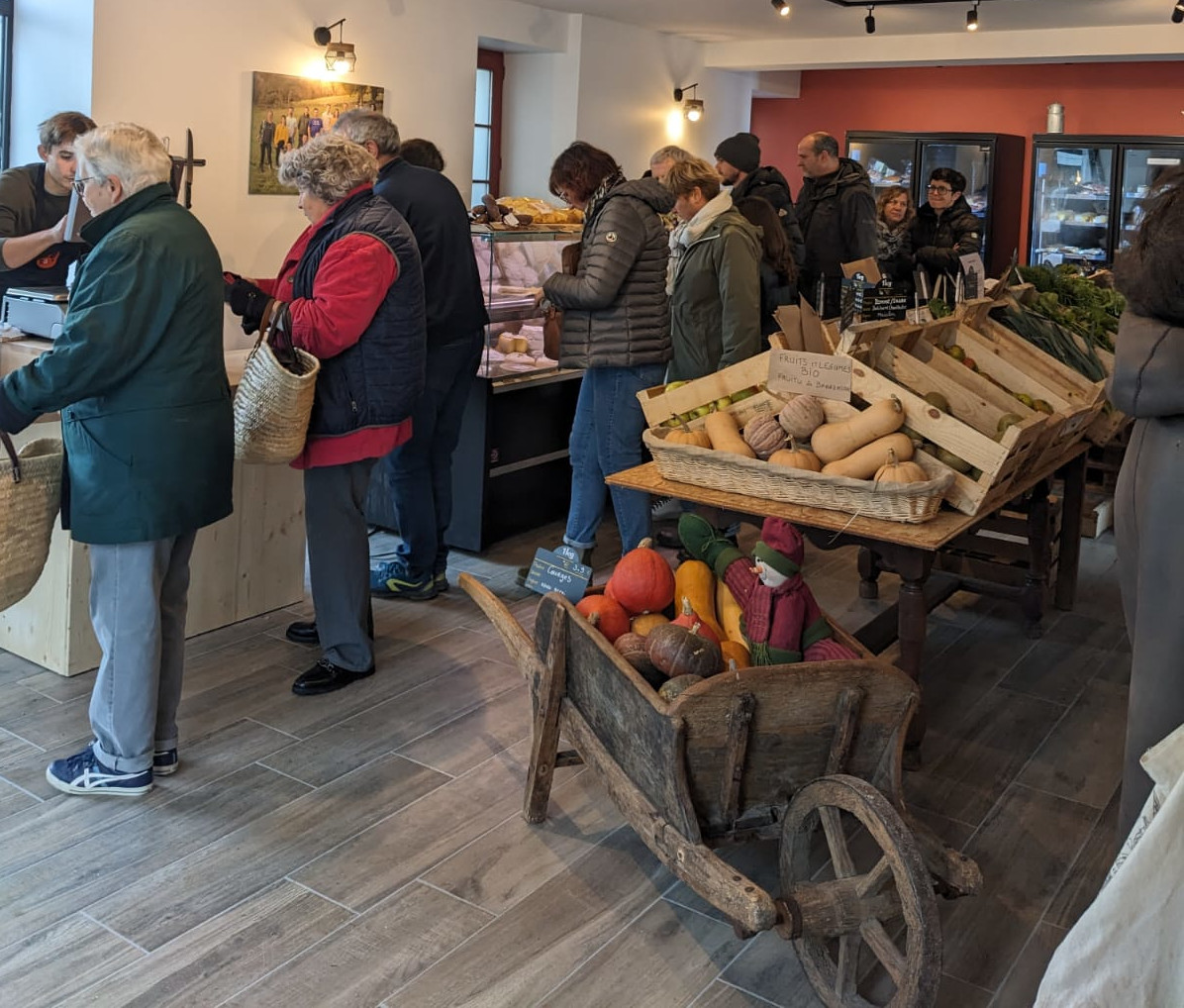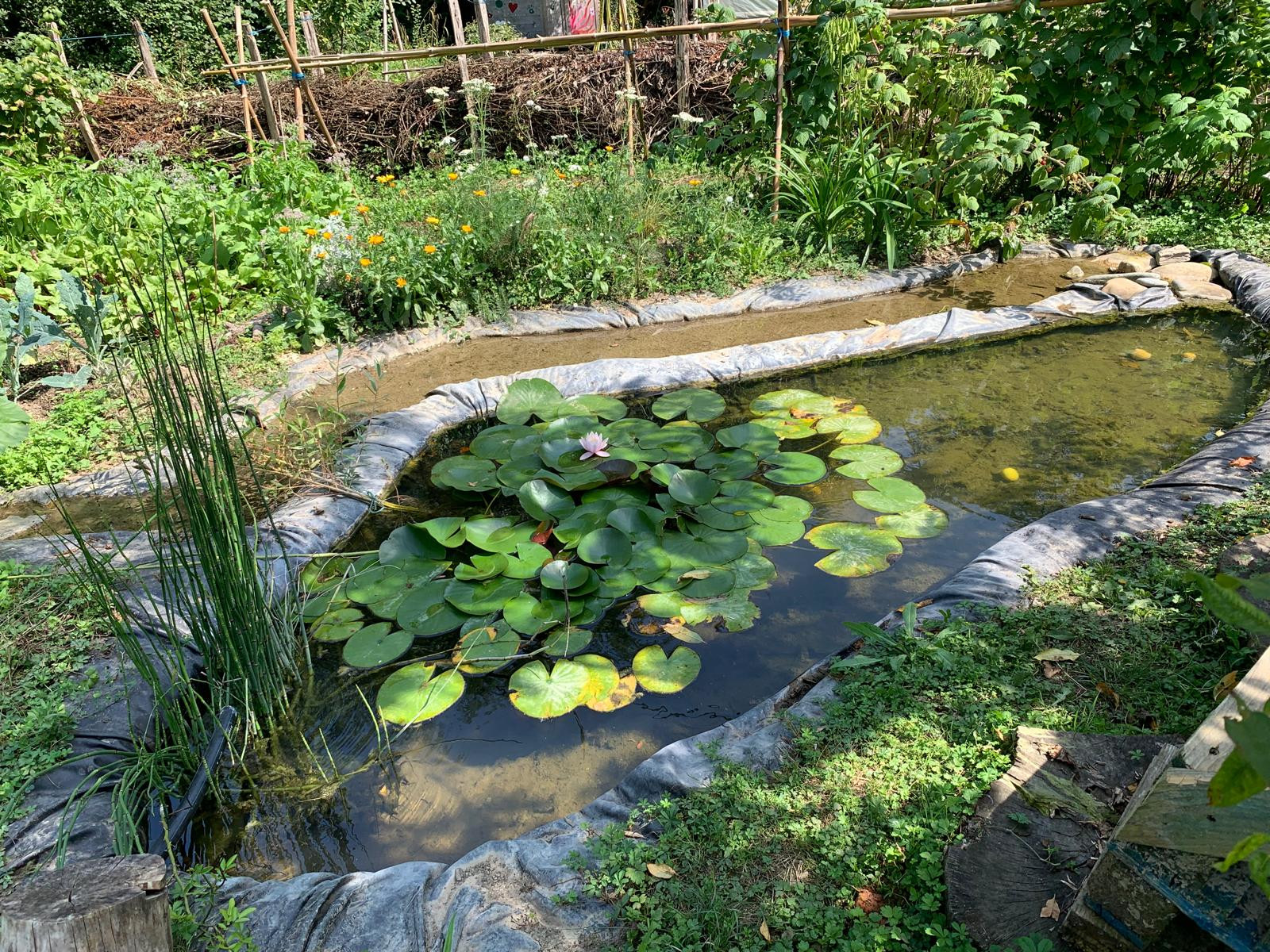Txori Kantagia, the house of our ancestors
- Txori Kantagia is a charming plain located on the heights of the villages of Idauze-Mendi and Urdiñarbe, in Ararana. Our ancestors of old times gathered there to protect themselves from a lander or to celebrate their old beliefs... So far, it is not very clear which or which of these duties had been used. In any case, assistance to it is very rewarding for today’s neighbours.
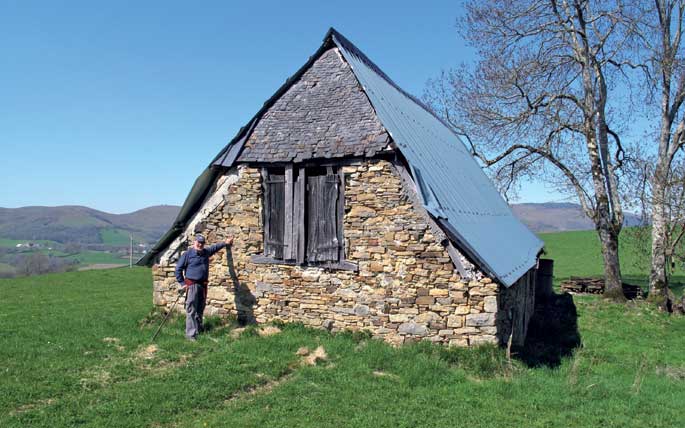
Filipe Etxegoihen and her wife Maddi Sorholüze are waiting in front of the church of Idauze, which will be the guides and testimonies of the travelers. Filipe Etxegoien has become known for writing two books in the Memory of Zuberoa (Elkar) section: Villages de la vallée (Pueblo del Valle, 2011) and Bergers et cayolars (Pastors and pastors, 2012). Both works are written in French, as Filip simply acknowledges that although he has been Euskaldun since his childhood, he has never learned to write in Basque, but there are many fragments in Basque. However, they are highly recommended to acquire knowledge of the past and the evolution of the rural and pastoril worlds of Zuberoa and, in general, of the current Zuberoa.
Born in Onizegaina (Basabürüa) in 1940, Filipe Etxegoihen, along with his parents, came to live in Idauze from a very young age and there he met his wife Maddi. The teaching marriage has traveled the world (Kenya, Iran, Bolivia, Senegal, French Polynesia, Balearic Islands, Aragon, Switzerland...), but Filipe was also the last director of the French Lyceum of San Sebastian. However, despite being in the most beautiful places in the world, they have not hesitated to retire in Zuberoa.
Launch the old plaza lüze and the moat
The church of Idauze is one of the most beautiful of the three bell-tower of Zuberoa. After finding the middle door key hidden on the left side of the tantaupe or heipe, take a look inside. In Tautapea, as before, there are the graves of two large families in the town: Desserts and Apalaspe.
The elegant house on the left side of the road leading to Altzürüküra is precisely the bookcase. As we pass by it, we cross the road and head towards a very small and nice bounce. This was, before, a stage for the old ball game. It is precisely from the hand of the youth of Idauze-Mendi, and from the hand of Filipe Etxegoien, the initiative to revitalize and play the launch.
Once the bounce is over, we will find ourselves in the area known as Lustegia or Mataskota, where the ancient people came in search of clay soil. Today there is a bridge over the river called Apohura, but there is always a drift or a vaguada beside it. Filipe Etxegoihen reminds us, not so long ago, that Idauze labourers brought their cows there to drink.
To the right of the bridge and the dam is still the road leading to the rich house of Jentain, in Urdiñarbe. We, however, will continue straight and in a straight line, with the river Apohura on the left. On this beautiful river, and only in the town of Idauze-Mendi, seven eihes or mills were moved.
On the slope, on the left are the places of the strange names of Kastillu and Montalibet, probably the cities, castles or strengths of the early times. When we find a first grid or crossing, we turn right and up. Very soon we will find another barrier and there we will return in a straight line, behind us is the town of Idauze and its elgea, as well as the line of hills between Atharratze-Sorolüze and Maule-Lextarre.
The beautiful view of the bordered area of Gohanetxe
Arriving at the top of this second slope, we will walk on the plain in a nice plain between fields or prairies. To the right are the places called Larratxe and Gaikoetxe, also full of yearnings from remote times.
This place, years ago, there was a place of minisabese or vine. Arriving at the edge of the plain, we continue to climb Bordaberri’s chestnut or chestnut along the organ’s path. At the top, we enter a long herbose plain, called the Gohanetxe bordalte. The borda of Gohanetxe, located in the middle of this beautiful plain of Soro, has a peculiarity: in addition to the borda, it also has a dwarf, in which they were bordering until the end of the 19th century. From this admirable place, very close to the Sierra de Arbaila, and to the summits of Zuberoa, such as the plains of Pétar and the manex area... That is to say, some counties of Baja Navarra.
At the southern tip of the Bordeaux countryside, we have to find a first step we call “pasü” in Suletino and then another in the ruins or ruins of the Borda de Idiarte. Thus, we will soon reach Txori Kantagia, in a corner from which we will see the gadgets for pigeon hunting and a hideaway built on a tree.
Although they are currently planted with trees, the margins of this almost round plain are surrounded by fences of land. In one of them, the archaeologist Pierre Boucher excavated and discovered some remnants of protohistoric times. They are currently deposited in the Maule-Lextarre Heritage House.
Even if it is in private property, nobody is going to drive us out of here and, therefore, it is really worth staying for a while in a place full of tranquility and mystery. There seems to be some atmosphere in which our ancestors live here.
The house and the house
When the time comes to leave, we will descend down the dirt road that heads towards the dovecot. Coming down from the area known as Zahokagia and passing a small scale on the fences we call “txakoste” in Zuberoa, we will slowly reach the bordered area of Arbe, with the same bord on the left. Here, a rough road takes the witness of the earth and by lowering the sword Bixkorre we come to Telleria’s house shortly. Just before we got to this house, Etxebidea is the name of the dirt road that comes on the left side, and that same name clearly marks that our ancestors called shelters houses like Txori Kantagia. After all, the meaning of this word has remained almost the same throughout the centuries: that of a human dwelling.
After a good walk, after more than two hours of excursion, from Telleria House we will come immediately to the town of Idauze where we have departed. Taking time to do so, it is worth visiting the beautiful church of the Mendi district, which was united with Idauze at the end of the 19th century, being also the three-pointed bell tower. Going to the valley we will see the Idauze-Mendi City Hall and the bilingual school Arbailla. At its crossroads, on the left, we can go to the Zamaltzain stable.
If you want to spend a few days in Idauze-Mendi, you should know that there is a hostel for groups (Karrikiria), a holiday home conditioned for the magnificent (Mendipea) and a country house (Irigaraia), whose owners are Filipe and Maddi Etxegoihen! Once this tour has been completed, you will have the opportunity to chat with them in Basque on many topics.
Zuberoako ohiturei buruzko bi liburu ditut gogoan. Batek XX. mendean aritu izan diren 180 dantzari eta soinulari aipatzen ditu. Haien artean, emakumezkorik ez da agertzen. Besteak, pastoralei egiten die errepasoa eta hor emakumeak aipatu aipatzen dira, baina omisio esanguratsuak... [+]
Martxoak 8an egindako pintaketak gainetik margotu dituzte ikur faxistekin Zuberoako hiriburuan. Horren aurrean elkarretaratzera deitu dute, astelehenean.
Zubiak eraiki Xiberoa eta Boliviaren artean. Badu jadanik 16 urte Boliviaren aldeko elkartea sortu zela Xiberoan. Azken urteetan, La Paz hiriko El Alto auzoko eskola bat, emazteen etxe baten sortzea, dendarien dinamikak edota tokiko irrati bat sustengatu dituzte.
I have recently worked in class on Etxahun Barkox’s beautiful and touching cobla. The bad guy! The afflictions of the house began because of the creation of the “praube with beauty”, but in seventeen years she had entered the sea of misfortune, having to abandon the girl... [+]
Maule, 1892. Eight women from the Salazar Valley headed home from the capital of Zuberoa, but on the way, in Larrain, they were shocked by the snow and all were killed by the cold. Of the eight, seven names have come: Felicia Juanko, Felipce Landa, Dolores Arbe, Justa Larrea,... [+]









